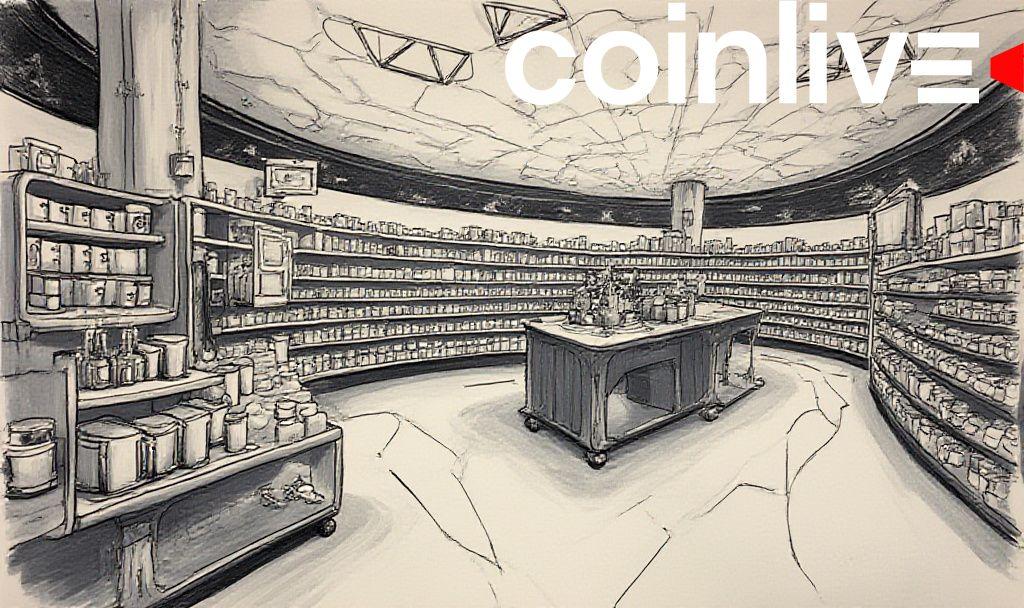- Wellgistics Health launches XRP payments in pharmacies.
- Enhances speed, liquidity, and transparency in healthcare.
- XRP serves as payment and treasury asset.
The implementation highlights growing institutional interest in cryptocurrency, providing faster and cost-effective transactions. It marks a significant real-world application of blockchain technology in the healthcare sector.
Wellgistics Health Initiative
The initiative by Wellgistics Health, supported by a $50 million line of credit from LDA Capital, aims to transform healthcare payments with XRP’s integration. Wellgistics will use XRP to enhance payment speed and liquidity for 6,000 US pharmacies.
Brian Norton, CEO of Wellgistics Health, emphasizes the integration of blockchain technology to improve payment systems. The decision positions Wellgistics Health as a pioneering entity in healthcare, optimizing financial operations with XRP as a core asset.
“Our blockchain-enabled payment system and ledger is just the next logical step in healthcare evolution, allowing us to hardwire speed, liquidity, and transparency into a system that’s long been starved of all three.” — Brian Norton, CEO of Wellgistics Health
Implications for the Healthcare Industry
The payment transformation is expected to deliver real-time settlement, boosting efficiency in transactions between pharmacies, suppliers, and manufacturers. This move reflects growing interest in incorporating cryptocurrencies in traditional sectors.
XRP’s cost-effective framework, with less than $0.0002 per transaction, provides a stark contrast to traditional wire fees. Its integration proves advantageous for liquidity and financial control within pharmacy networks.
The broader implications could lead to increased adoption of XRP and similar technologies within the healthcare industry. While concerns regarding regulatory approval exist, the strategy could offer essential cost benefits and propel technological advances.
This initiative demonstrates how blockchain, through XRP, may continue influencing financial systems and operational efficiency. It highlights a potential shift in pharmaceutical distribution towards more scalable and agile financial frameworks.
